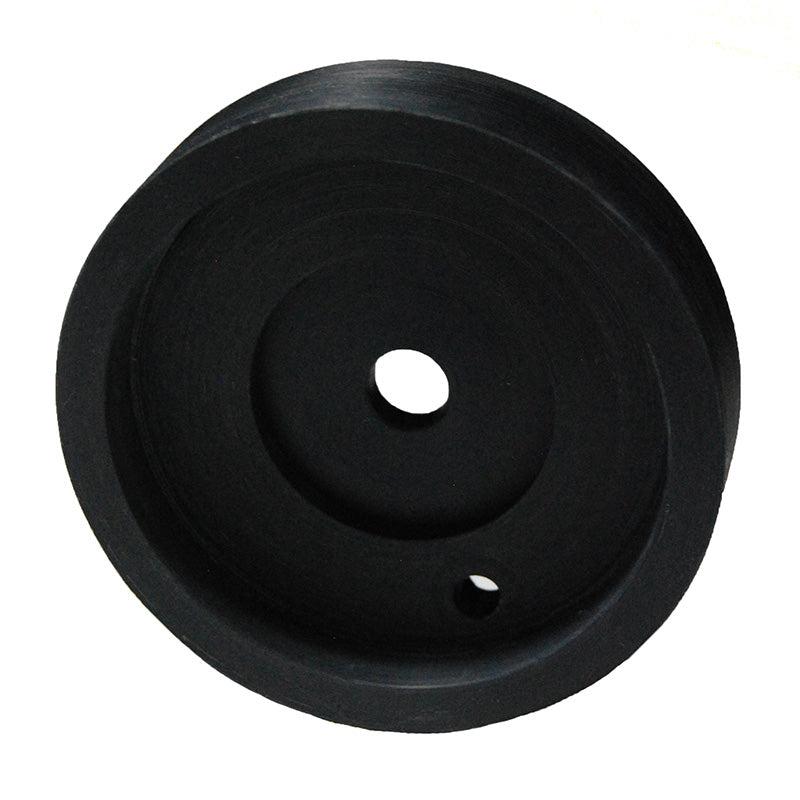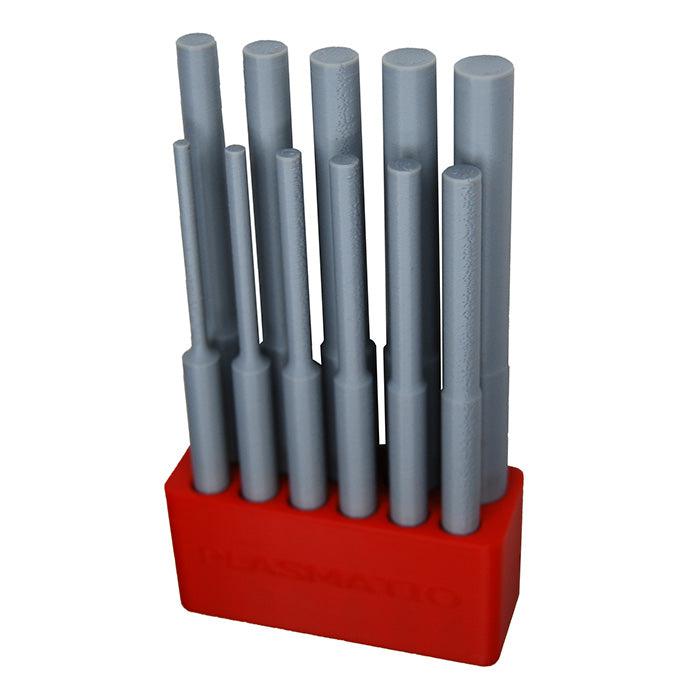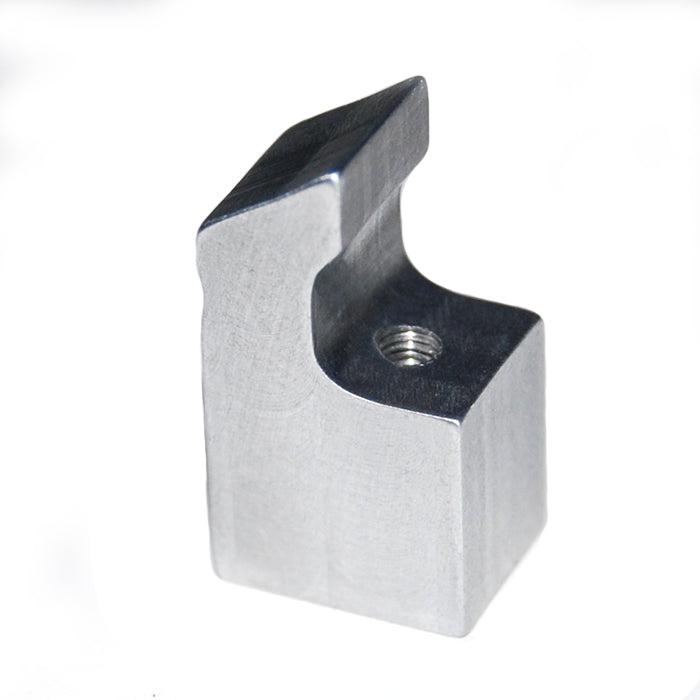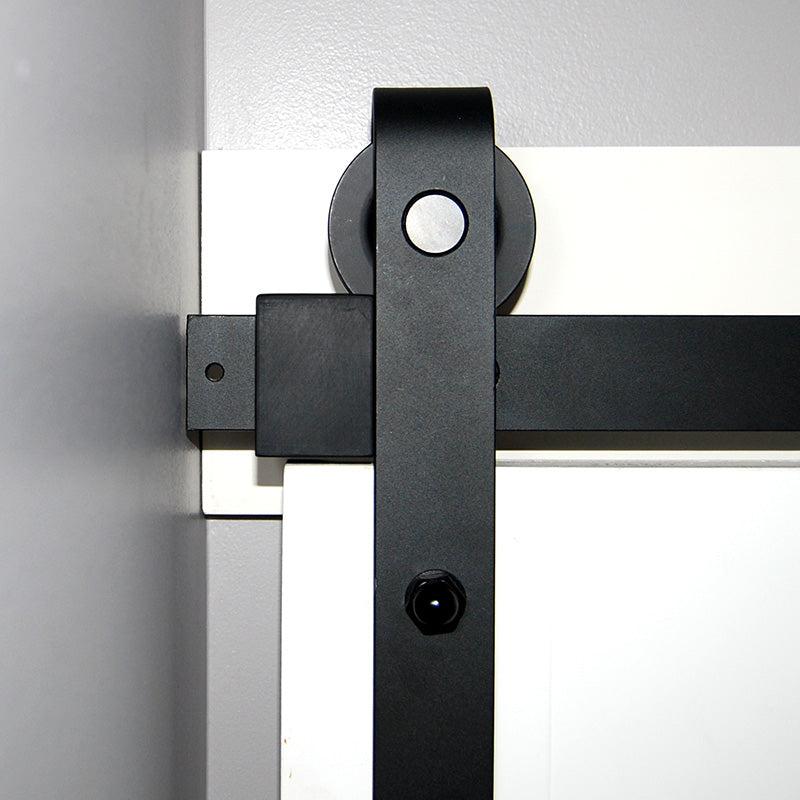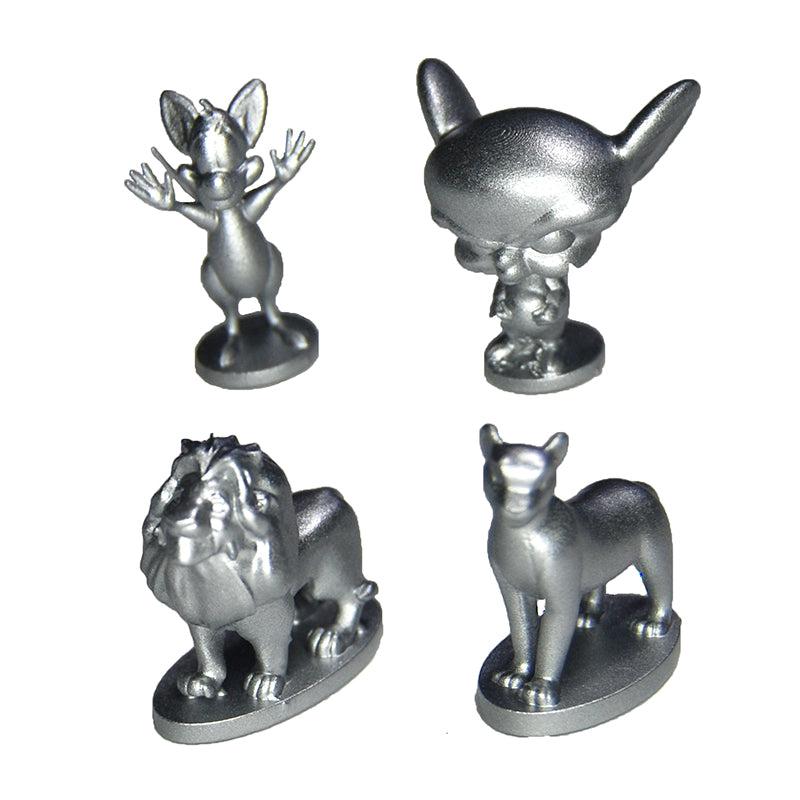RMS Seal Replacement


Porsche engines found in various vehicles have a Rear Main Seal "RMS" to seal the back end of the crankshaft (the end the connects to the transmission). The photo above shows the old seal already removed. The problem that many people have is how to properly install the new seal, so that it won't leak again. On earlier models, Porsche has updated the seal itself and the changed the recommended installation depth.

Place the open end of the plastic insert onto the crankshaft end. This should fit on as shown. This surface is where the seal will slide onto to stop splashing oil from exiting the engine. This seal does not support the crankshaft in any way, it is only a seal to stop oil leaks.

Slide the RMS onto the shaft as shown. The depth does not matter yet, as the tool below will be used to get the proper depth.

This version of the tool is available here.

Place the tool onto the end of the crankshaft (rotating it until raised area on the crankshaft lines up with the hole on the tool). With a hammer, tap around the back of the tool evenly until the tool bottoms out against the crankshaft. This should be very obvious as to when it happens, as the sound of the taps should change once they are contacting.

Remove the tool and the seal should be mounted squarely to the crankshaft as shown.

This new mounting depth of around 13mm as shown above. The original depth of 11mm left the seal farther out on the crankshaft. The reason for the change is most likely two-fold: the seal is moved away from the edge of the case where is could leak easier and moving the depth to a slightly different spot to avoid an attempt to seal on an area that already had been shown to leak. This should be done during clutch changes, or during an IMS replacement / upgrade. The RMS itself is a $10 part, but labor to replace it is usually billed out at 8 hours (same labor to replace a clutch). Therefore, take the extra few minutes to replace the seal if there is any sign of leaking any time that the transmission is removed.

